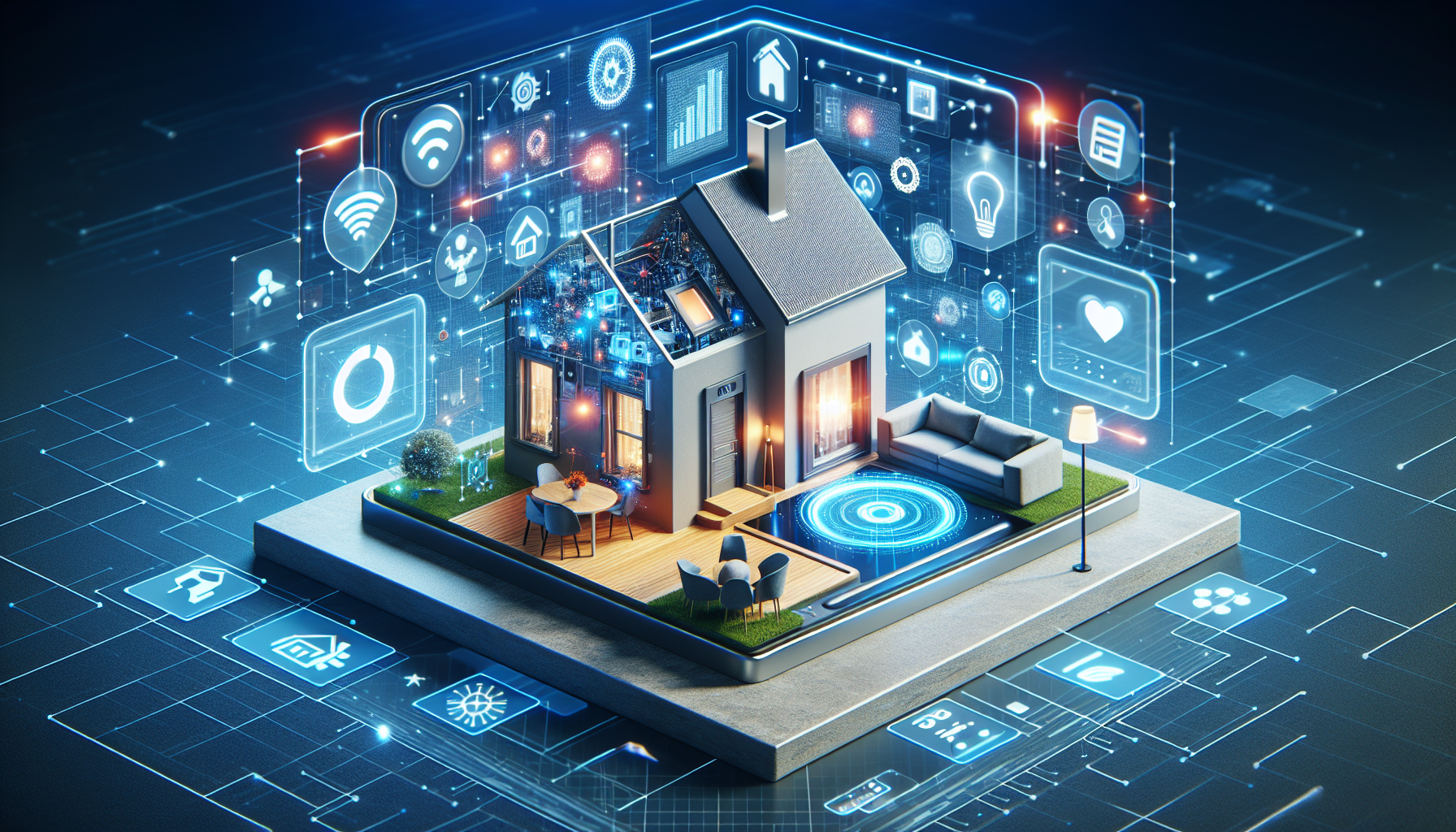The Future of Smart Homes: Innovations to Watch in 2025
In today’s rapidly evolving world, the concept of smart homes is not just a futuristic vision but a present-day reality. As we delve into 2025, the landscape of smart home technology is advancing at an unprecedented pace. This comprehensive guide explores the trends and innovations shaping smart homes, making life more convenient, sustainable, and connected.
Integrated AI-Driven Systems
One of the most transformative innovations in smart homes is the integration of AI-driven systems. In 2025, artificial intelligence has become the nerve center of modern households. These systems learn from your habits, preferences, and schedules to offer personalized experiences. Imagine a home that adjusts lighting, climate, and even security settings automatically, ensuring comfort and efficiency.
Additionally, AI-powered virtual assistants have become more intuitive. They not only respond to voice commands but can anticipate your needs, providing proactive solutions. For instance, your virtual assistant might suggest energy-saving tips based on your daily routine or remind you to take an umbrella when the forecast predicts rain.
Sustainable and Energy-Efficient Solutions
As environmental concerns continue to grow, 2025 has seen a significant shift towards sustainability in smart home designs. Energy-efficient devices like smart thermostats and LED lighting are now commonplace, but recent innovations push these concepts even further. Solar panels integrated into home designs allow homeowners to harness and store renewable energy, drastically reducing reliance on traditional power sources.
Moreover, smart home ecosystems are increasingly incorporating water-saving technologies. Smart irrigation systems, for example, optimize water usage by monitoring weather conditions and soil moisture levels. Additionally, greywater recycling systems are becoming a standard feature in eco-friendly homes, reducing water waste substantially.
Enhanced Home Security Features
Security continues to be a top priority for smart homes, and in 2025, technological advancements have enhanced how we protect our homes. Smart surveillance systems equipped with facial recognition technology now offer real-time alerts and recordings. These systems seamlessly integrate with other smart devices, creating a powerful deterrent against intruders.
Furthermore, biometric authentication has become more mainstream, with smart locks operational via fingerprint or eye-scanning technologies. Not only does this add a layer of security, but it also eliminates the hassle of carrying keys. As we embrace these innovations, homes in 2025 are not only smarter but significantly safer.
Interconnected Appliances and IoT Advancements
The Internet of Things (IoT) has revolutionized how devices communicate within smart homes. In 2025, the seamless interconnectivity of household appliances is more sophisticated than ever. From refrigerators that notify you when you’re out of milk to ovens that suggest recipes based on available ingredients, these devices make daily chores more manageable.
Moreover, smart appliances now incorporate self-diagnostic features, alerting users to potential malfunctions before they escalate into costly repairs. This predictive maintenance model extends the lifespan of appliances, offering peace of mind and savings. It’s a perfect example of how IoT continues to refine our living spaces.
Health and Wellness Integration
Smart homes in 2025 not only cater to convenience and security but also prioritize health and wellness. Advanced home monitoring systems provide real-time feedback on air quality, alerting residents to pollutants or allergens present in the air. These systems automatically activate air purifiers or ventilation systems to ensure optimal indoor conditions.
Additionally, smart beds and mattresses equipped with biometric sensors track sleep patterns and provide insights to improve sleep quality. Personalized health insights, such as heart rate and stress levels, are now readily available at home, empowering residents to take proactive steps towards healthier lifestyles.
Conclusion
The innovations in smart home technology in 2025 illustrate an exciting era of living—one where homes are more than just a place to live. They are dynamic environments designed to enhance our daily lives through seamless integration, sustainability, and intuitive technology. As these advancements continue to unfold, we are witnessing the transformation of ordinary living spaces into extraordinary smart havens.
